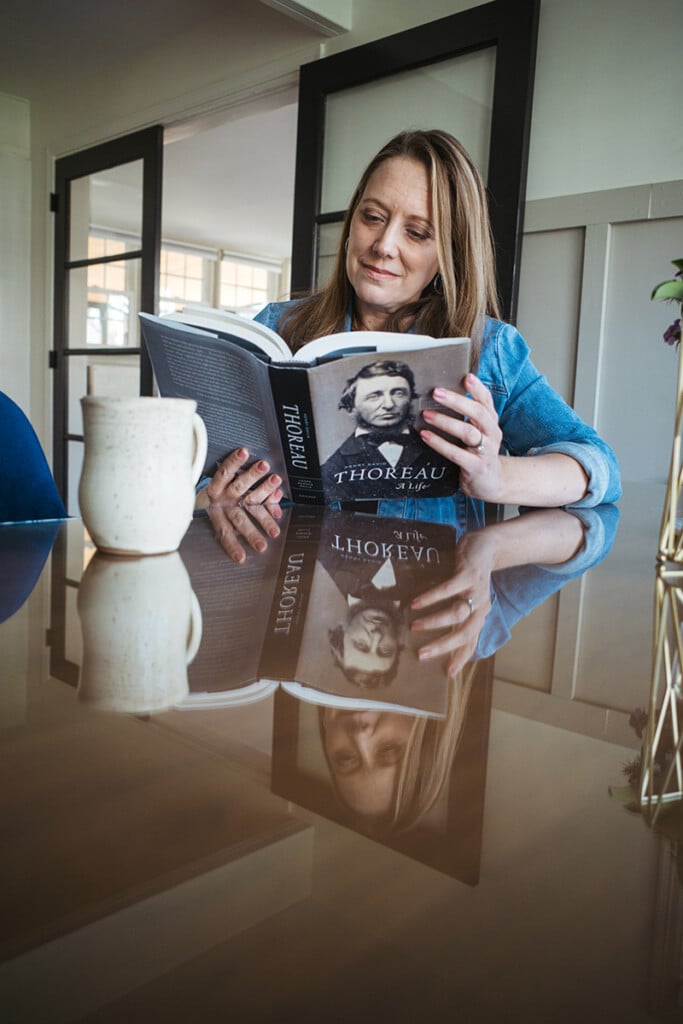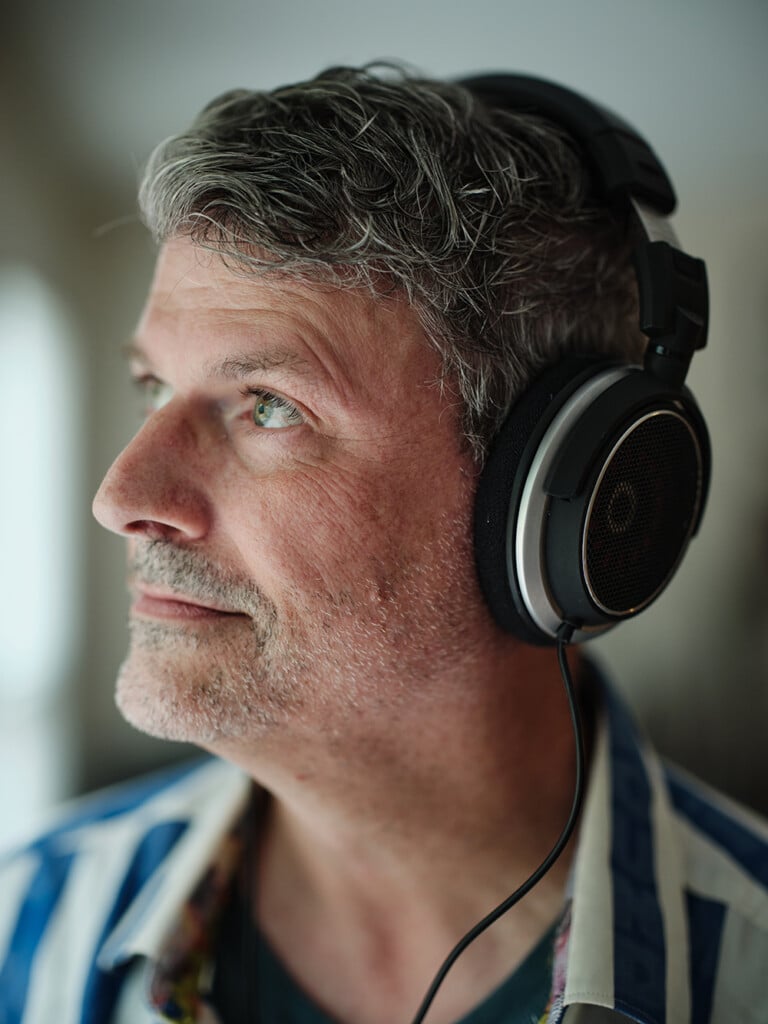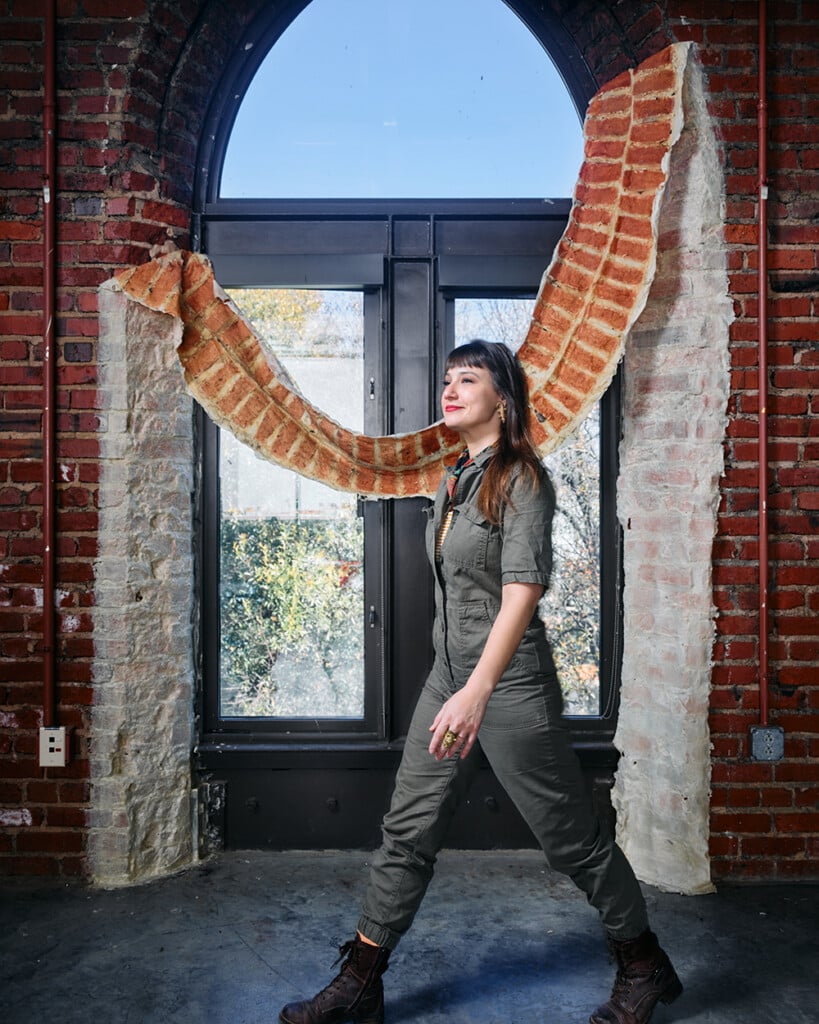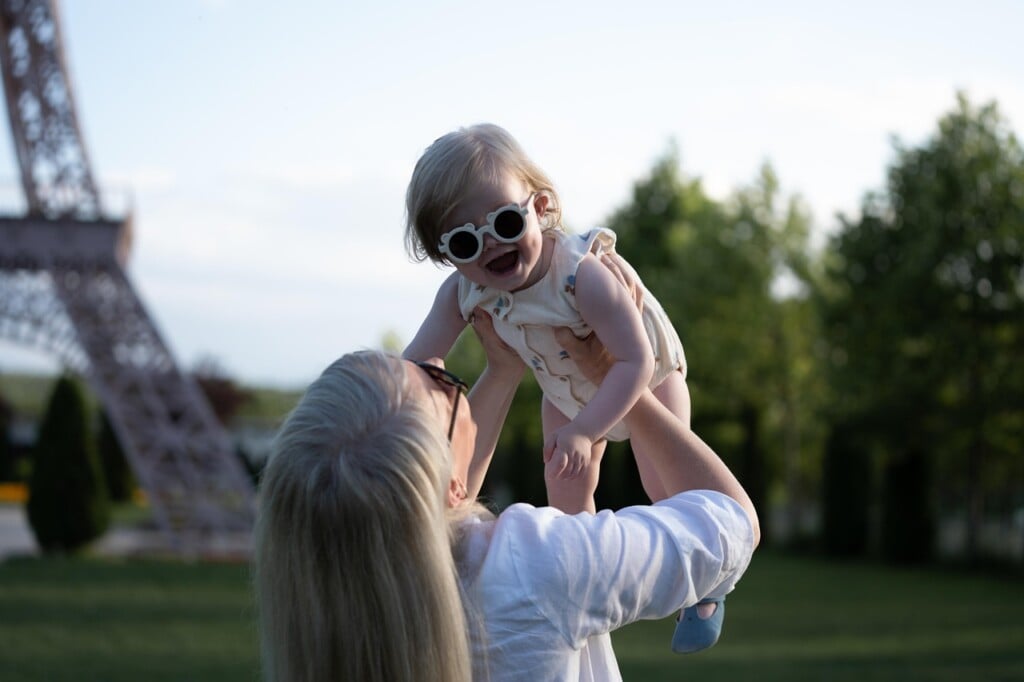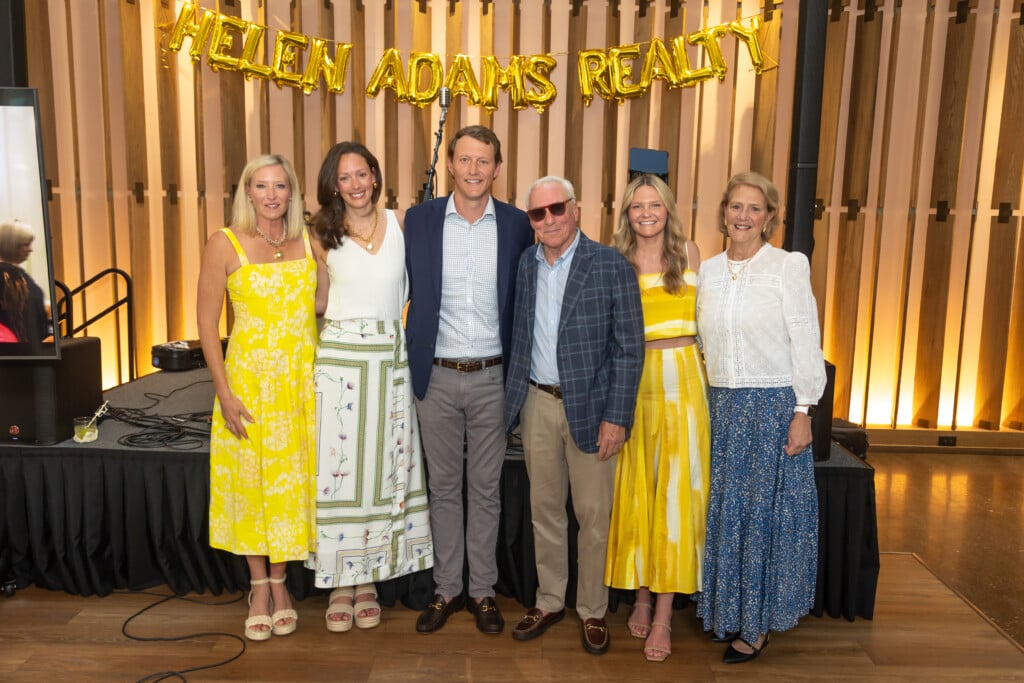The Keeper of Charlotte’s History Retires
For decades, librarian Shelia Bumgarner archived, shared, and made history
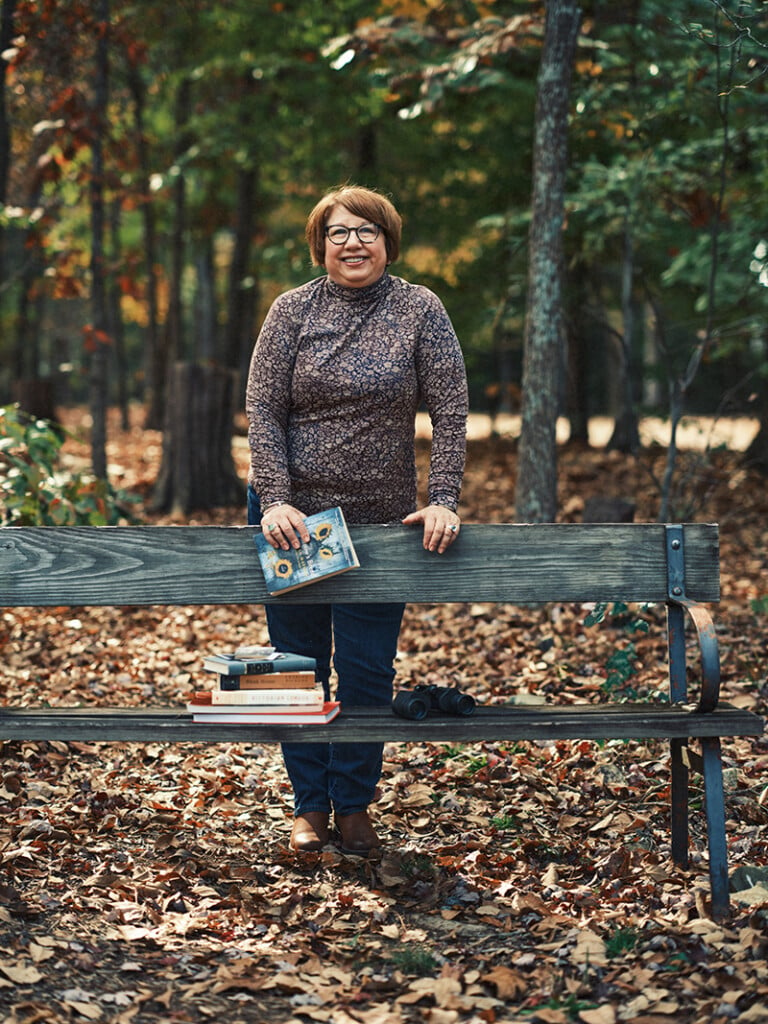
Shelia Bumgarner worked in the Robinson-Spangler Carolina Room at the Charlotte Mecklenburg Library for nearly 36 years. The room houses the library’s vast archives, and over the decades, the historian-turned-librarian mastered its resources to help thousands of people uncover information about their city and their ancestry. She also curated hundreds of exhibitions to showcase the often-invisible history of ambitious, protean Charlotte.
Her career coincided with a revolution in how the world stores and finds information. Microfiche gave way to Google. Card catalogs disappeared. Students didn’t come in to work on their school projects anymore. The job evolved but remained vital. As the internet spewed information and misinformation, Bumgarner taught library patrons how to discern quality sources, stewarded archival materials—photos, music, and more—that still aren’t online, and placed her sharp memory in the service of a forgetful city.
For as long as she can remember, Bumgarner has loved to learn, and her career has taught plenty that can’t be found in the stacks. After a brief foray into the music industry, she learned that she’s not one for business. She learned that good stories combine character and passion. And she learned how to help all those who came looking, whether it was for lost fathers, historical photos, or a place to take a nap.
{See Bumgarner’s favorite Charlotte historical images from the archives here.}
Here’s Bumgarner in her own words, lightly edited for space and clarity.
I grew up in Burlington, North Carolina. Our house was surrounded by woods. Next door, a farmer grew soybeans, and the gentleman had a small dairy farm. We were in the city, but on summer nights, we could smell odiferous smells from the dairy. But my mother, who grew up in the country, loved it. I loved it.
We had a lot of freedom then, in the ’60s and ’70s. There was a field across the street from us, and we had a creek running through our backyard and through the fields. We would have adventures along the creeks and climb trees and pick apples and blackberries. Mom would make pies. It was very American. I loved reading. I would climb trees to read my books.
I loved my Barbies, but my Barbies weren’t Barbies. My Barbies had magical adventures. They were fairies, or they were good witches, or they had powers. I’d make medieval clothes for them. My friends always loved it, because I would make up these tremendous storylines, and we would act them out with our dolls. The storylines would go on for days.
It was a good childhood, and then junior high came, and, you know, junior high is always terrible. I was very shy at the time. High school was OK, but college is when I bloomed. That’s why I have two master’s degrees. I was really good at college. I love learning.
I wanted to be a naturalist. I wanted to observe. I wanted to study animals and write about animals—but I didn’t want to cut them up. I couldn’t find a major, but I had so many good friends, and I was able to just be myself. I wasn’t pigeonholed. In high school, you have these roles that you’re boxed into, and you can’t break out.
I didn’t know what I was going to do, and my dad gave me the best advice ever. He said, “You’re going to take two classes in subjects that you love.” So I took British history and British novels. I’d read most of the novels, but you gain a different perspective in a college class, and how literature and history are tied together. In the end, history won out.
I had not planned to go to grad school, but I got a master’s degree in history from UNC Greensboro. Then I worked as a historic preservation consultant, which eventually led to becoming a librarian.
I met this woman in the library, and she never knew her father. I knew the library really well, so I helped find him on the census, then I found a map that I knew was in the collection and helped her find where his farm was. We found his obituary and the cemetery where he was buried. I really enjoyed it. I love connecting people with their ancestors and with their history. She went to visit the grave and wrote me the loveliest thank-you letter. And that’s when I decided to go back to school to get a library degree. And that story got me the job at the Robinson-Spangler Carolina Room.
I have a great memory. Once I see a photograph, I know it. I eventually became the photograph archivist. I love music. I was the music archivist. Charlotte has a rich music heritage. I love North Carolina novels, I love helping people, and I love sharing my love of history and the importance of history.
When I do school programs, I try to let the students know that they’re creating history every day, whether they know it or not. The clothes they wear, their hairstyles, the slang they use. Everybody is making history.
Charlotte used to be the backcountry. I mean, the backcountry. That’s changed, of course, over the years, and transportation had a good deal to do with that. We’re in a really good location to go to Tennessee, South Carolina, Georgia, and onward. And those were migratory patterns, genealogically.
Every summer, genealogists pack up their kits and go where the ancestors were. They go to the libraries there, and then they go to the next stop. We got people from all over the country, because they can trace their ancestors back here.
We helped lots of people with historical research, as well as novels. Anna Jean Mayhew wrote this fabulous book, Tomorrow’s Bread, which is set in Second Ward, and she used a lot of our materials. It’s a great way to really get the emotional impact of the loss of Second Ward on the African American community in Charlotte. Through the characters in the book, you really feel the impact and the loss of community. That’s how novels can tell history in a different way than just
the facts.
We would also help people who wanted tattoos of their coats of arms. We had to explain, “I can’t tell you that that’s necessarily your coat of arms. You have to trace the genealogy first.” But they normally didn’t care. They just wanted a tattoo that was connected with their surname.
Back in the day, you would have to use microfilm and book indexes, or something called Soundex, which was a code to find people, and it was hit or miss. Then the internet came. It was so much easier. The downside was that young people weren’t coming in to do their science projects anymore. They thought everything was on the internet, and it’s not.
Part of the job of a librarian—and we learned this in graduate school—is to help people discern information and discern resources, to know if it’s a valid resource. There’s so much misinformation on the web.
They’re having to train archivists now to read handwriting. They don’t know how to read handwriting.
There are two things that stand out about Charlotte: First, it’s a city in constant change, and second, if you build it, we will tear it down eventually.
My father had been around the world, and when I was a child, he said, “There are good people and bad people wherever you go.” That’s very true, but I find that kindness goes a long way. If you’re kind to people, they will be kind to you. Most people came to us in need of information—and some of it changed their lives.
I’ve been blessed. Every day was a learning opportunity. Every day was an opportunity to serve others. We had a number of homeless people. We would help them with finding homes or work. There was one who came in with his laptop. He’d lost his job, and he’d lost his reading glasses at the shelter. I asked him what his vision was, and I went out to the drugstore and got him a pair of glasses. That was essential for him, and it didn’t cost me hardly anything. That was paying it forward.
Any opportunity that you have to pay it forward and be kind will enrich your life—I guarantee it. We all can do that. You don’t have to be a librarian.
